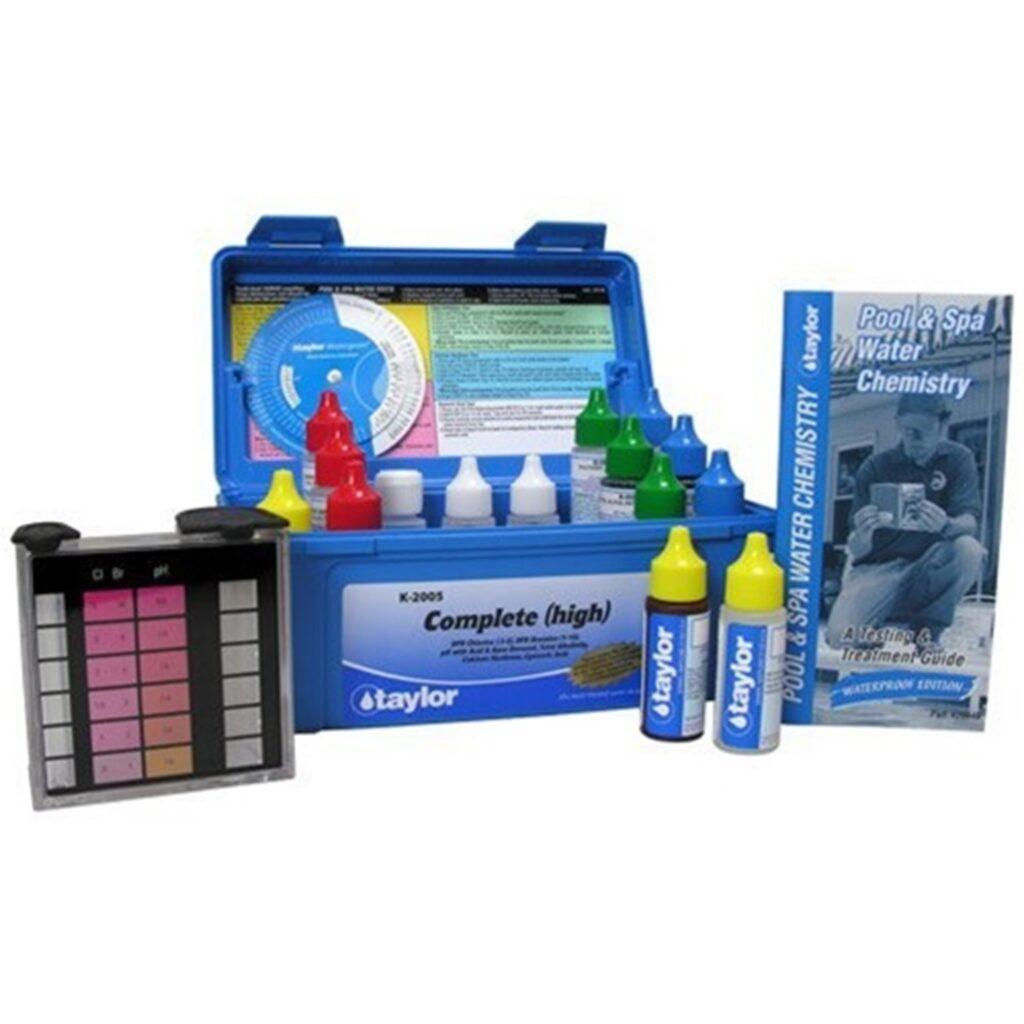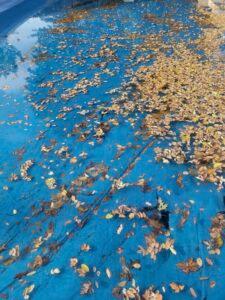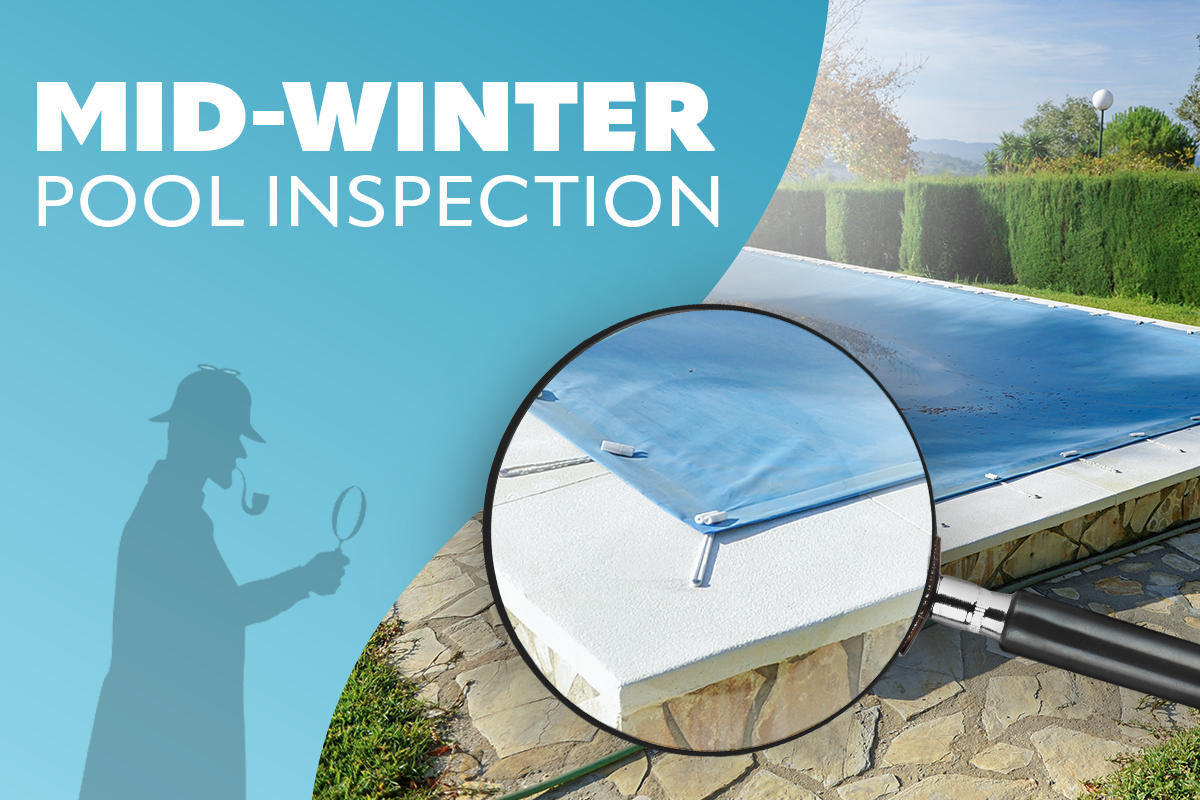Closing your pool is a real chore for any pool owner who chooses to do the job themselves. And it is a real chunk of change taken out of your wallet for the pool owners who choose to pay someone else to do it. Luckily, once the cover is on the pool, and winterizing chemicals are dumped in the water, it is clear sailing until April (or May.)
Job Done… Set it and Forget It…. right…. Right????
Not so fast, Pool DIY-ers, you still have some work to do. A closed pool I like roasting a turkey; sure, you followed the recipe, stuffed it with all the fixins, and covered it, but you still have to check on it to ensure the cover is tight and everything is right.

Test Your Pool Water Chemistry
Correct Water Chemistry Ranges
If your pool experiences a warmer-than-usual Autumn, you’ll want to check your water’s chlorine content. Algae and the most dangerous pool bacteria cannot propagate in water temperatures below 60 degrees Fahrenheit.
If you used one of our recommended closing kits, which includes a long-lasting algaecide or chlorine formula, a couple of warm days shouldn’t trouble it. But if you used no winter-specific formula chemicals, we suggest testing every four weeks in sub-60-degree weather or after any warm spells. Maintaining proper chemical levels is also crucial for the longevity of your solar pool cover. If you live in a state with drastic temperature swings, you should try testing your water every two weeks.
Check Pool Cover for Damage or Slippage
Your inground pool cover (or above ground pool cover) may have cost you a chunk of change, but that doesn’t mean it’s bulletproof. Regularly inspecting the automatic pool cover fabric for any signs of wear or damage is essential. Ensuring proper maintenance and routine cleaning will help your automatic pool cover last as long as possible. A standard pool winter cover for inground or above ground pools can get damaged while they’re installed; high winds, heavy rains, heavy loads, or even improper installation can cause premature defects in your cover.


Remove Any Standing Water or Debris Piles from Your Pool Cover with a Cover Pump
Use a pool cover pump and a skimmer net to remove standing water and piles of leaves from your pool cover. Additionally, use a garden hose to clean the pool cover tracks by spraying out debris. Removing the water and molting leaves prevents it from degrading your cover.
Traditional solid pool winter covers and solid safety covers are great at keeping Old Man Winter’s weather, but they can be at the cost of their own health. Use a soft pool brush to gently remove debris without causing damage. Solid pool covers don’t allow water to pass through and drain into the pool. Decaying leaves and standing water create a cover-killing soup that will only earn you.
Proper automatic pool cover maintenance is crucial to enhance longevity and safeguard your investment by preventing damage or malfunction.
Correct Pool Water Levels if Needed
If you have a mesh cover or, if you’re freewheeling winter sans pool cover, ensuring your water level is at an acceptable range is crucial. For automatic pool covers, maintaining proper water levels is essential to prevent sagging and ensure optimal functionality. Too low of a water level, your cover risks sagging too far for water to support it. If the water level is left too high, you’ll risk overflowing onto your deck. Proper water levels are also important for solar pool covers to maintain their effectiveness and longevity.
Pool Equipment Inspection
To prepare your pool equipment for winter, you should blow out your lines, cover inlets and returns, and ensure your automatic pool cover is properly cleaned and inspected. Additionally, drain your pump, filter, and other pool equipment to prevent burst pipes.










Leave a Reply